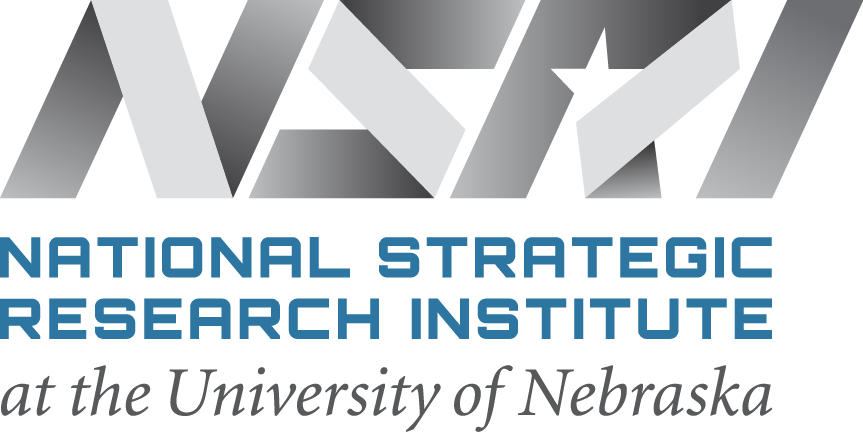As digital communication grows, the electromagnetic spectrum (EMS) is becoming increasingly crowded. Novel solutions for how the U.S. can effectively share the spectrum are critical to national objectives, several of which were outlined in the November 2023 Presidential Memorandum on Modernizing United States Spectrum Policy and Establishing a National Spectrum Strategy.
Researchers from the National Strategic Research Institute (NSRI) at the University of Nebraska and the University of Nebraska–Lincoln School of Computing are developing novel artificial intelligence (AI) deep learning techniques to model EMS environments and adapt them to use dynamic sharing techniques.
U.S. Strategic Command, which sponsors NSRI as a DOD-designated University Affiliated Research Center, awarded the institute nearly $1.7 million for a three-year effort, "AI Enabled Transceivers for Dynamic Spectrum Sharing Applications."
"We are exploring a solution that will allow maximum spectrum utilization for all sectors," said Allen Geist, NSRI director for joint electromagnetic spectrum operations. "If we can get this right in this project, and as a Nation, we can help ensure U.S. superiority in the EMS and potentially enable billions of dollars in savings and economic growth."

One of USSTRATCOM’s global responsibilities through the current Unified Command Plan is joint electromagnetic operations. It stood up the Joint EMS Operations Center (JEC) in July 2023 to champion its efforts. If the NSRI-UNL project is successful, the AI solutions could be adopted by the JEC, the DOD, the Federal Communications Commission and industry as part of the National Spectrum Strategy Implementation Plan, which was published in March 2024.
Dr. Mehmet Can Vuran, UNL Dale M. Jensen Chair Professor in Computing, is the principal investigator for the project with Geist and Dr. Witawas Srisa-an, professor and director of the UNL School of Computing, contributing. Undergraduate and graduate students from UNL will also contribute, providing a tremendous opportunity to train the next generation of spectrum experts who will maintain U.S. leadership in EMS operations going forward.
The project will devise secure transceiver architectures that leverage various AI frameworks, including large language models, reinforcement learning and unique convolutional networks. By capturing the increasingly complex electromagnetic operating environments with these tailor-made frameworks, the researchers hope to transform transceiver architectures that adapt to the dynamic EMS environment, a unique approach to a growing challenge.
The team will leverage NU’s state-of-the-art experimental wireless infrastructure, which features the Nebraska Experimental Testbed of Things (NEXTT). NEXTT is Nebraska’s largest outdoor experimental wireless testbed, state-of-the-art cloud-native software-defined network architectures and one of the largest spectrum datasets.
"Anything that has the potential to create more maneuver space in the spectrum is key to the U.S. maintaining an advantage in joint electromagnetic spectrum operations," Dr. Vuran said. "I am proud that our lab can contribute leading-edge research to such an important mission at such a critical time. I look forward to delivering novel solutions and learning along the way."
###

